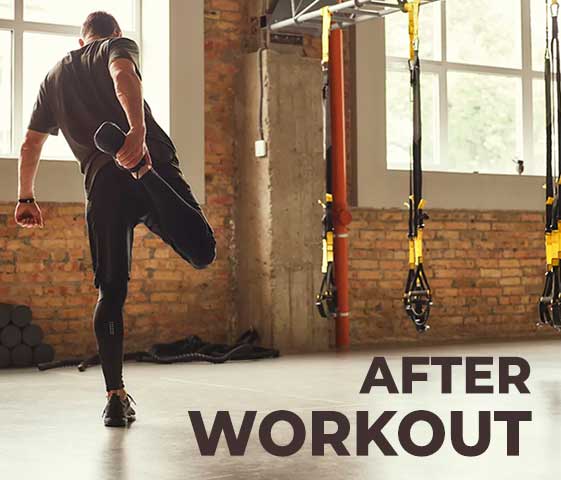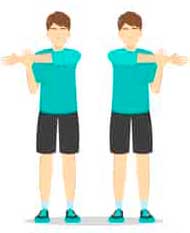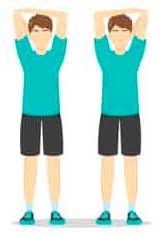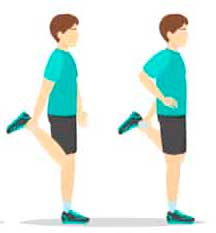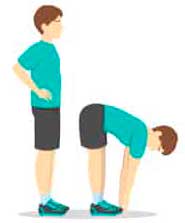Cooling down after a workout is crucial for promoting recovery, preventing muscle stiffness, and reducing the risk of injury. A proper cool-down routine helps gradually bring your heart rate and breathing back to normal, while also addressing muscle tightness and promoting flexibility.
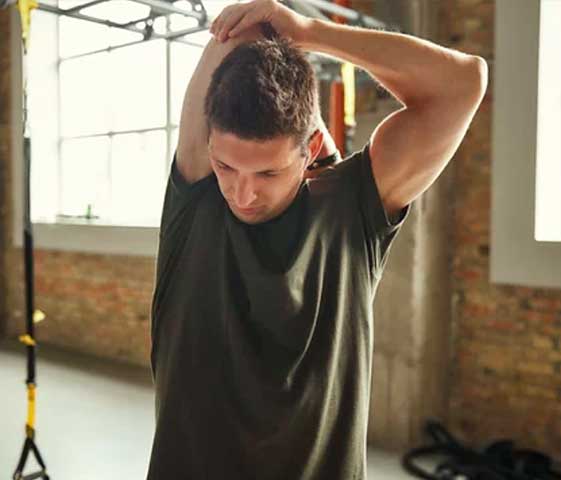
If you are in Milton, Ontario, at Revolve Physiotherapy, we have a team of physiotherapists who will certainly help you with an accurate diagnosis and treatment to alleviate and perhaps eliminate forever.
Here are some after workout stretching you can incorporate into you routine:
Shoulder Stretch
- Stand or sit comfortably with a straight spine.
- Raise your right arm straight up.
- Bend your right elbow and reach your right hand down your upper back, between your shoulder blades.
- With your left hand, reach behind your back and try to clasp your fingers together.
- Hold the stretch for 15-30 seconds while breathing deeply.
- Repeat on the other side.
Triceps Stretch
- Stand or sit comfortably with a straight spine.
- Raise your right arm straight up.
- Bend your right elbow and reach your right hand down your upper back, between your shoulder blades.
- With your left hand, reach behind your back and try to clasp your fingers together.
- Hold the stretch for 15-30 seconds while breathing deeply.
- Repeat on the other side.
For legs:
Quadriceps Stretch
- Stand up straight with your feet hip-width apart.
- Shift your weight onto your right leg.
- Bend your left knee and bring your heel towards your buttocks.
- Reach back with your left hand and grasp your left ankle.
- Gently pull your ankle towards your buttocks while keeping your knees close together.
- Keep your torso upright and engage your core for balance.
- Hold the stretch for 15-30 seconds, feeling a gentle pull in the front of your left thigh (quadriceps).
- Release the stretch and switch to the other leg.
Forward Bend
- Inhale and lengthen your spine, reaching your arms overhead.
- Exhale and hinge at your hips, bending forward from your waist.
- Keep your back straight as you fold forward, leading with your chest.
- Pace your hands on your shins or use yoga blocks.
- Relax your neck and let your head hang naturally.
- Hold the stretch for 15-30 seconds, breathing deeply and relaxing into the forward fold.
- To come out of the stretch, engage your core, inhale, and slowly roll up, stacking your spine one vertebra at a time.
If you have time, you can do a little more:
Child’s Pose
- Inhale and as you exhale, slowly lower your hips back toward your heels.
- Reach your arms forward on the floor, extending them fully or keeping them shoulder-width apart, palms facing down. Your forehead can rest on the mat.
- Allow your chest to drop towards the floor, and feel a gentle stretch in your shoulders, back, and hips.
- Hold the pose for 30 seconds to a minute, or as long as it feels comfortable.
Cobra Pose
- Start by lying flat on your stomach with your legs extended behind you.
- Place your hands on the floor next to your chest, with your elbows bent and hugging close to your body.
- Inhale and slowly lift your chest off the ground, using the strength of your back muscles. Keep your elbows slightly bent.
- Press the tops of your feet into the mat, engaging your leg muscles.
- Lift your head and chest higher, using the strength of your back, but avoid straining your neck by keeping your gaze forward or slightly upward.
- Hold the pose for 15-30 seconds, breathing deeply.
- Exhale as you lower your chest back down to the mat.
Remember to listen to your body and choose activities that feel good for you. Incorporating these relaxation exercises into your post-training routine can help enhance recovery, reduce muscle soreness, and improve overall well-being.
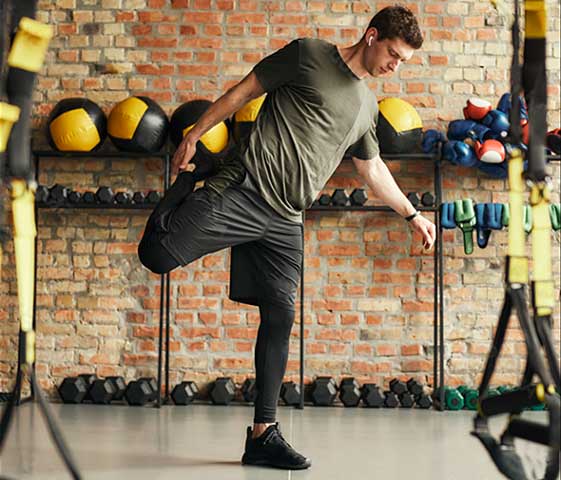
It’s always good to remember that persistent or cronical pain can be a sign of a more serious injury. Above all, the physiotherapist is the professional recommended to carry out a diagnosis and assess what may be going wrong with your body.
After Workout Stretching. If you need any tips or ask any questions, talk to our physiotherapists. Click the button below to book an appointment or give us a call – 905 864.8181
